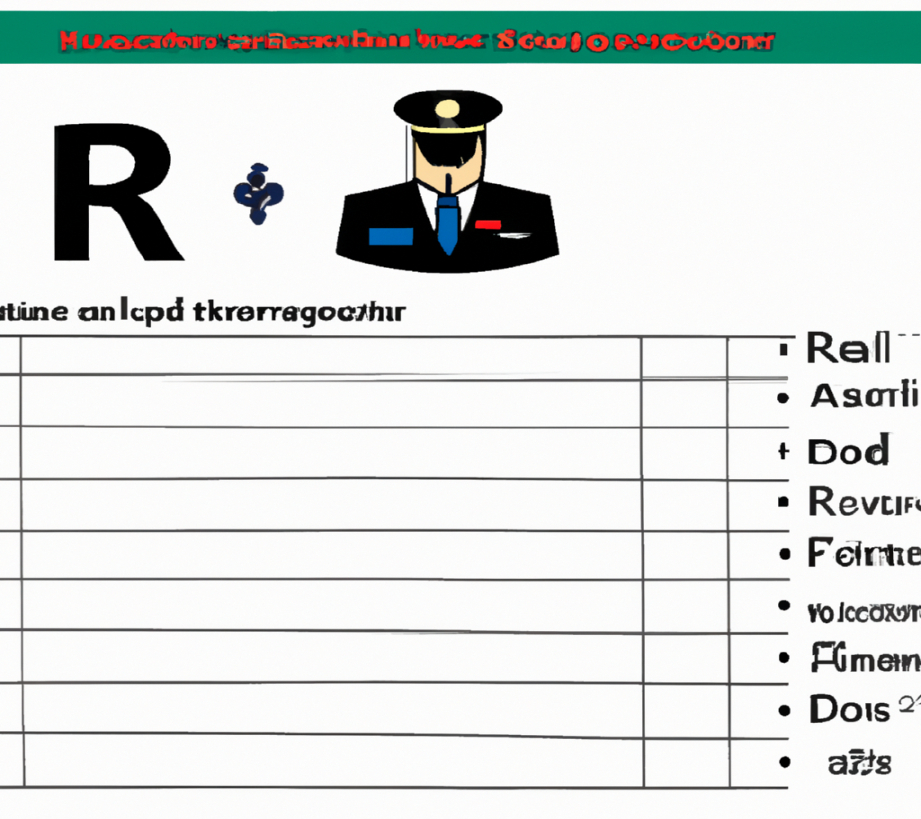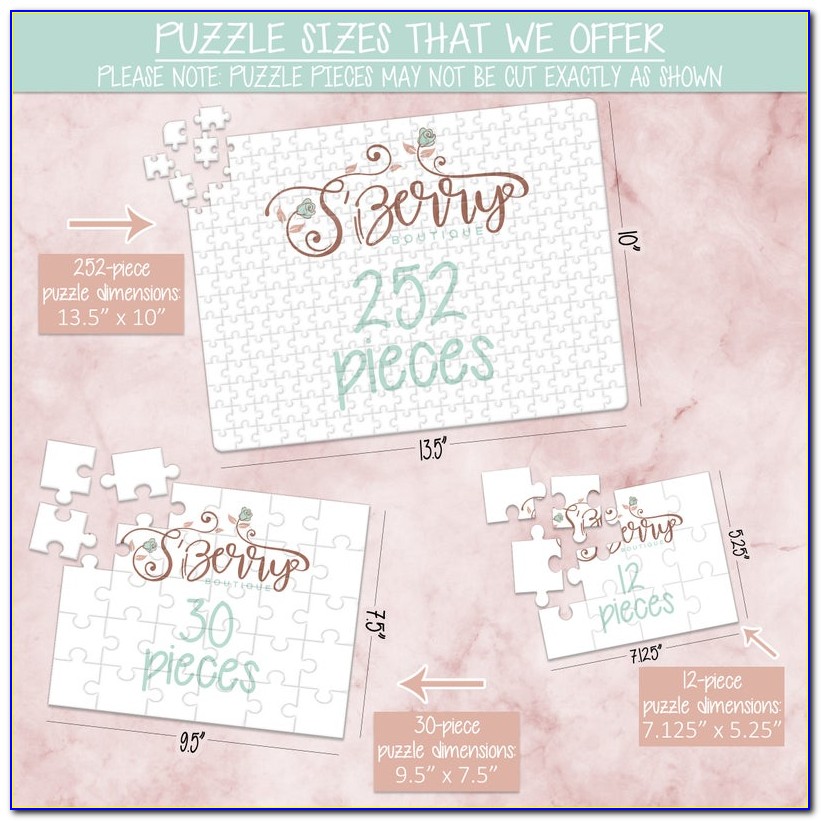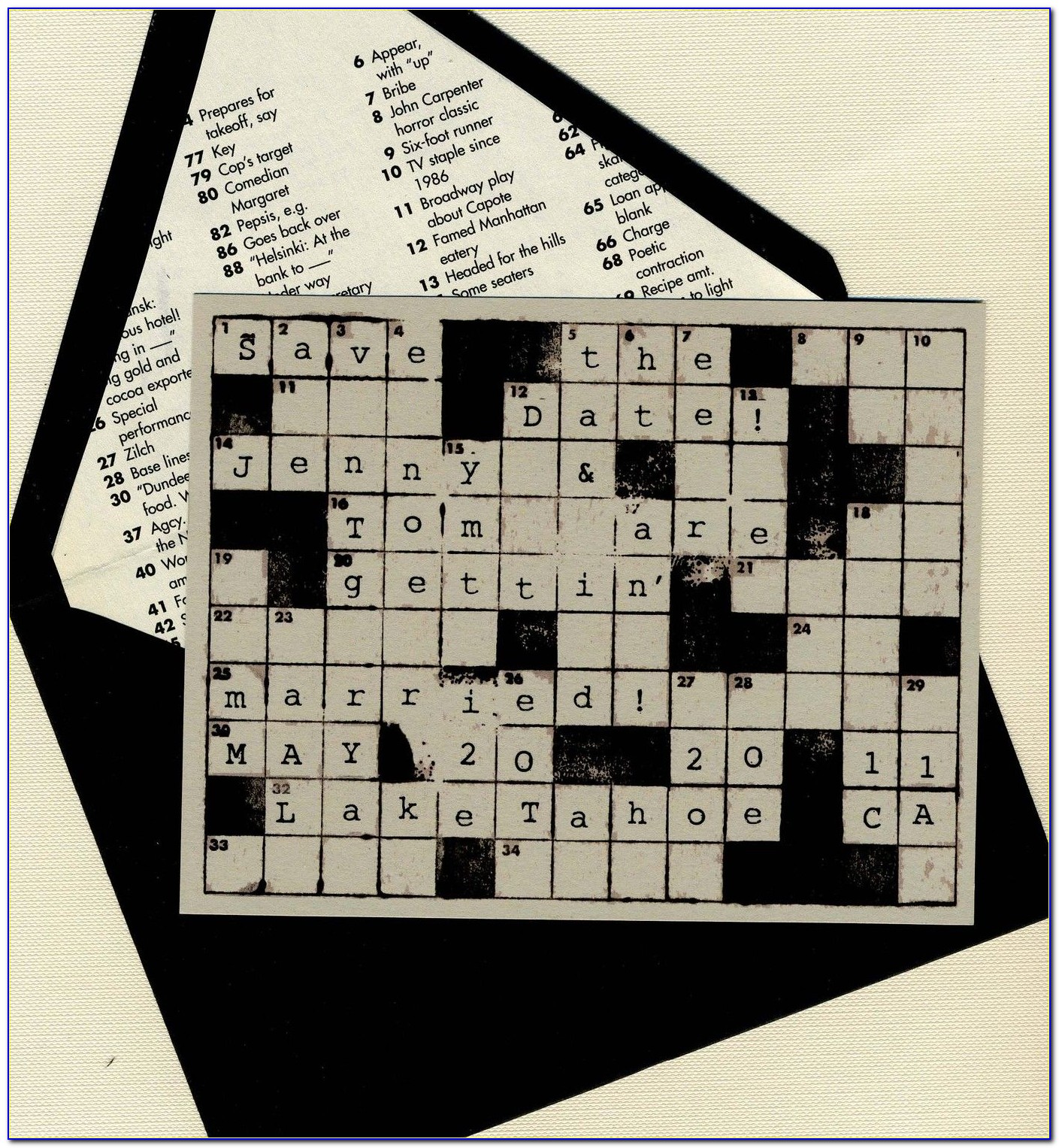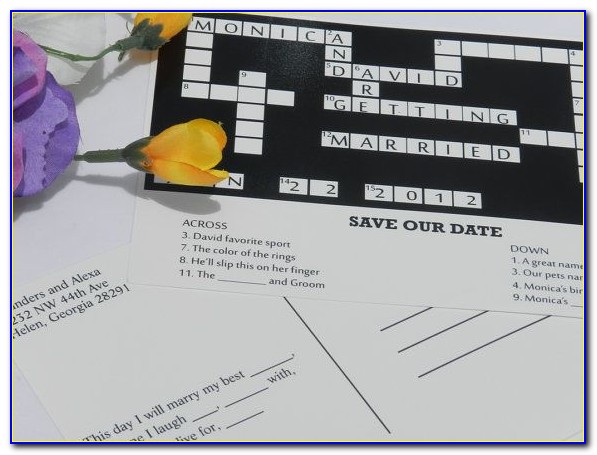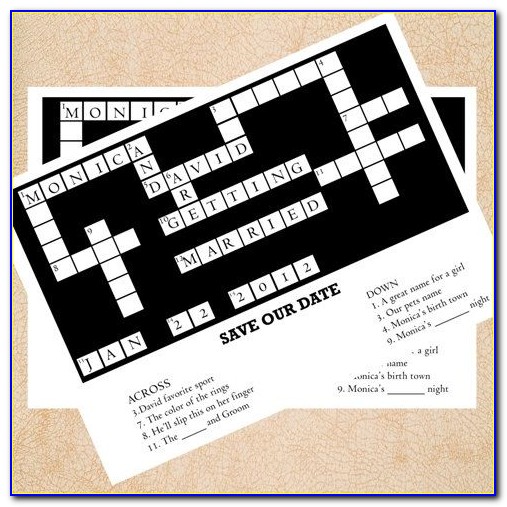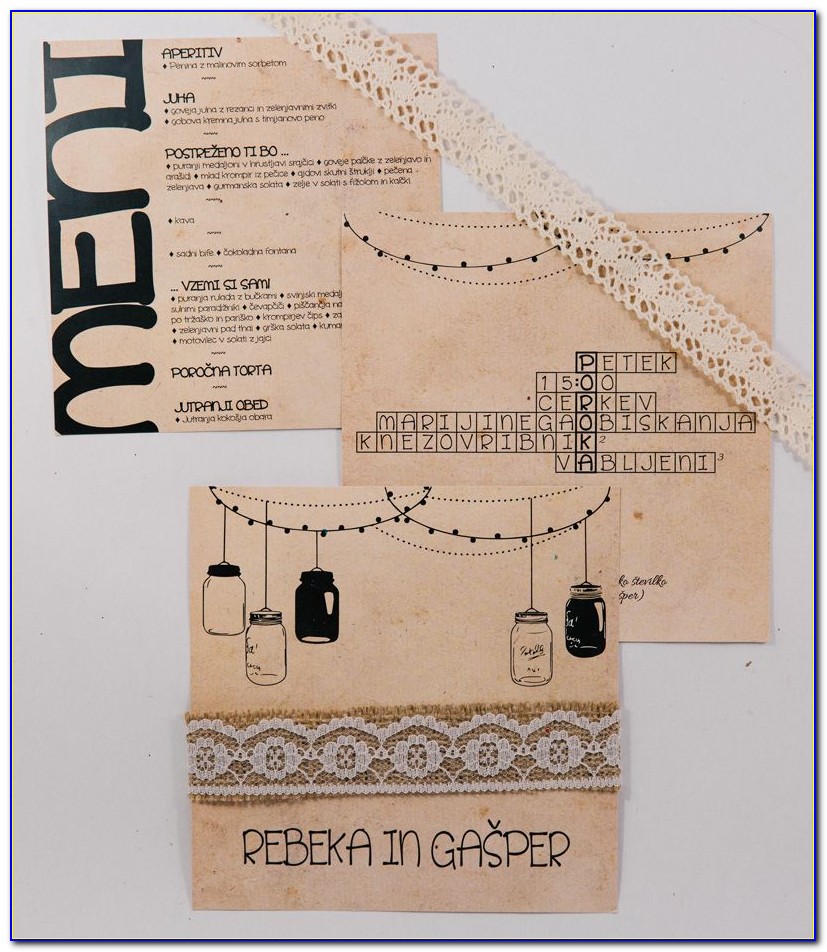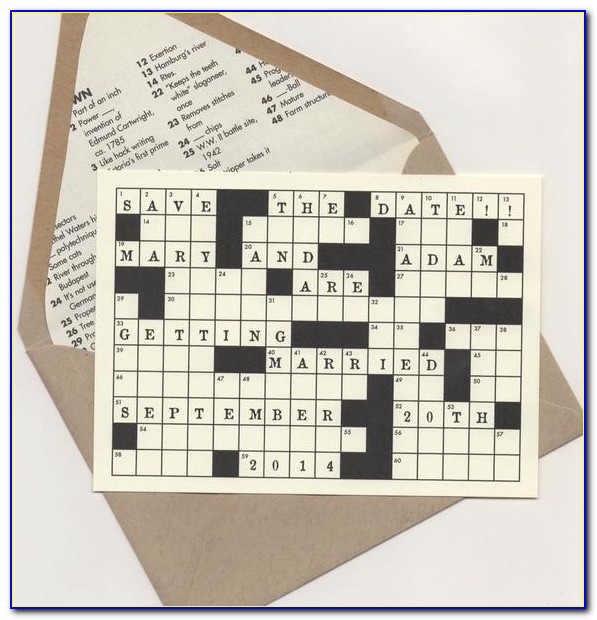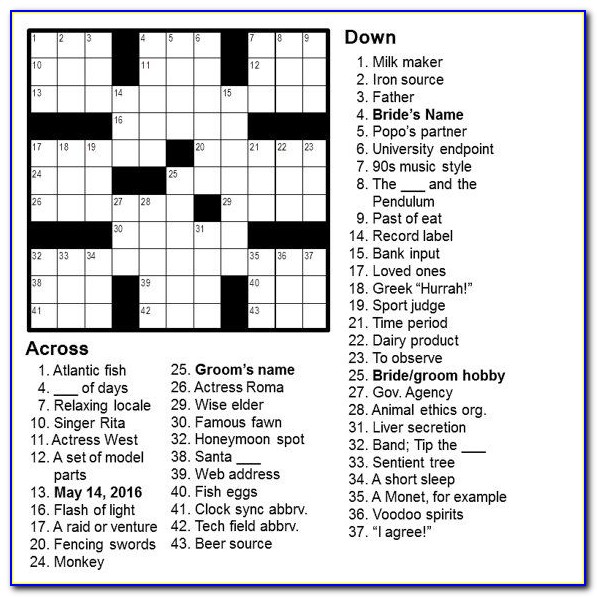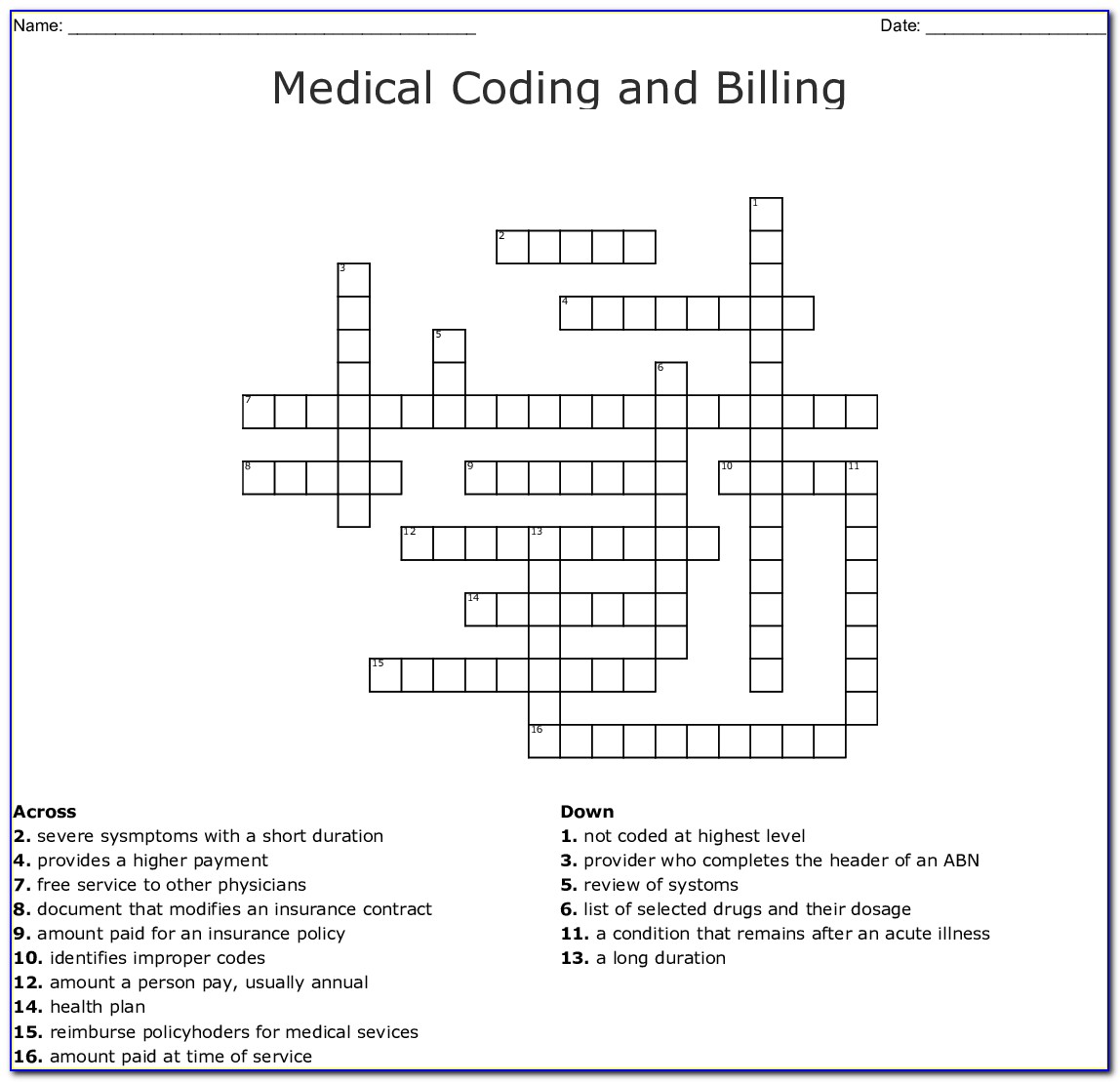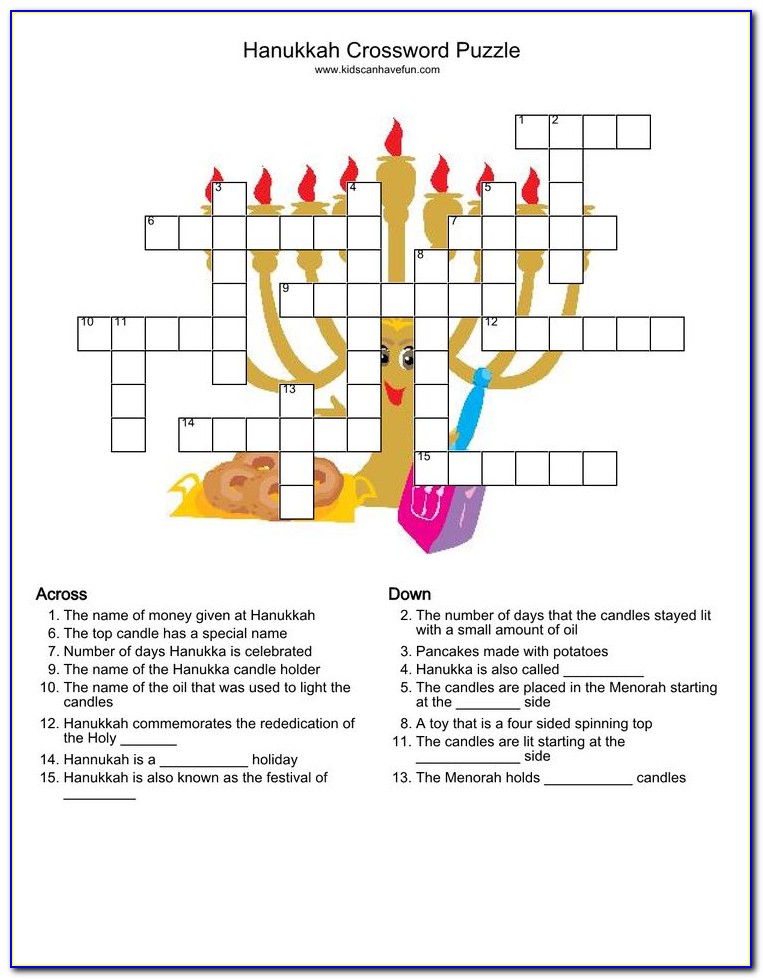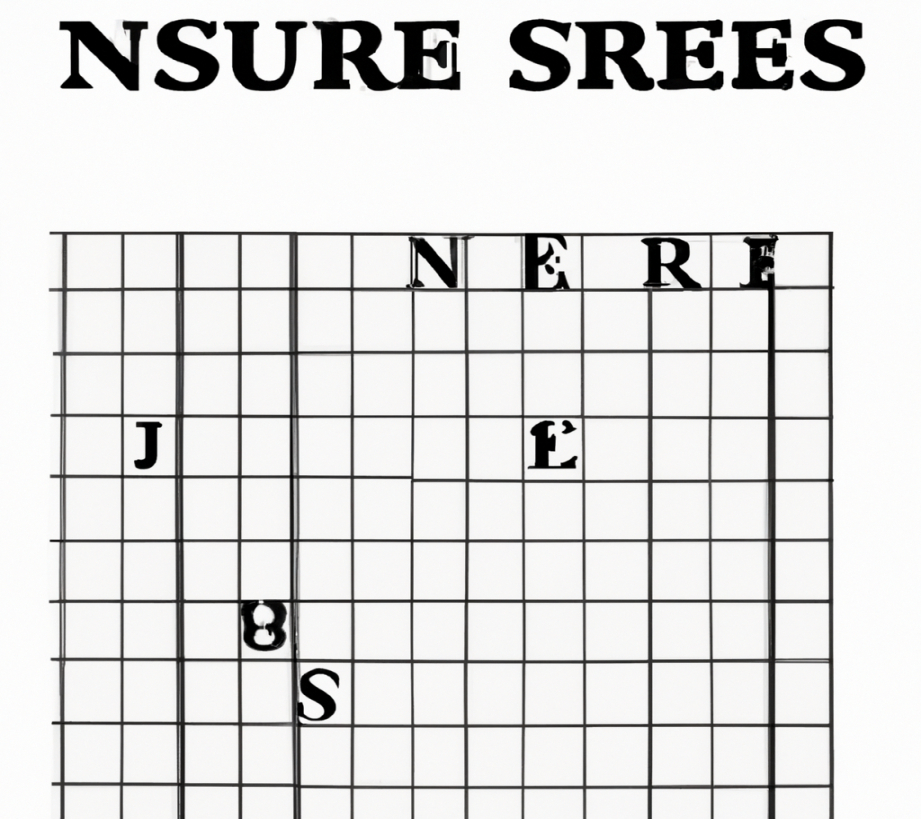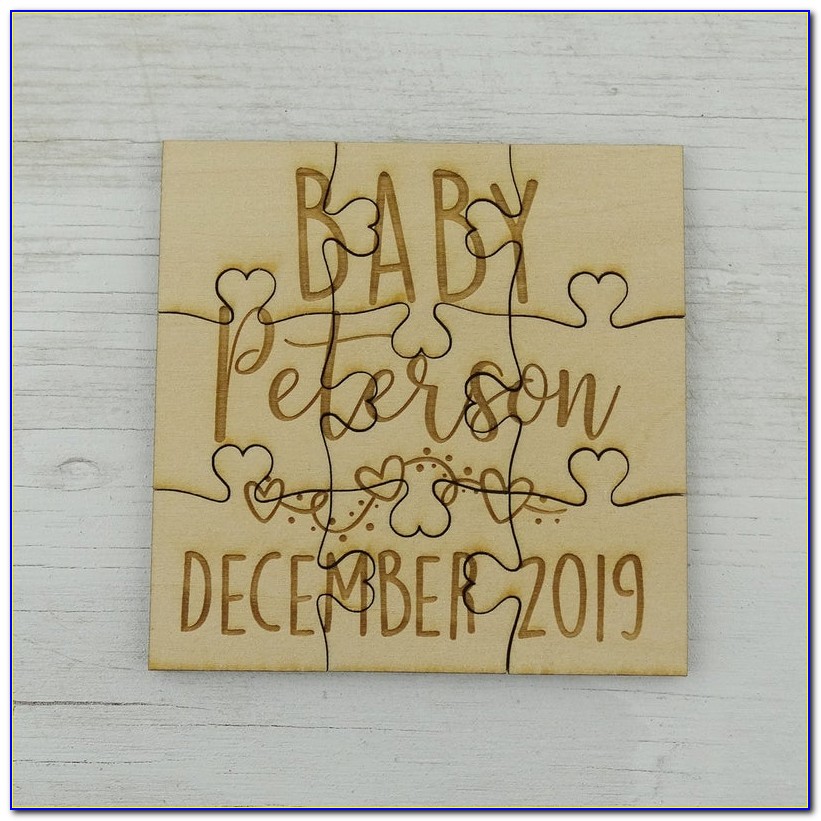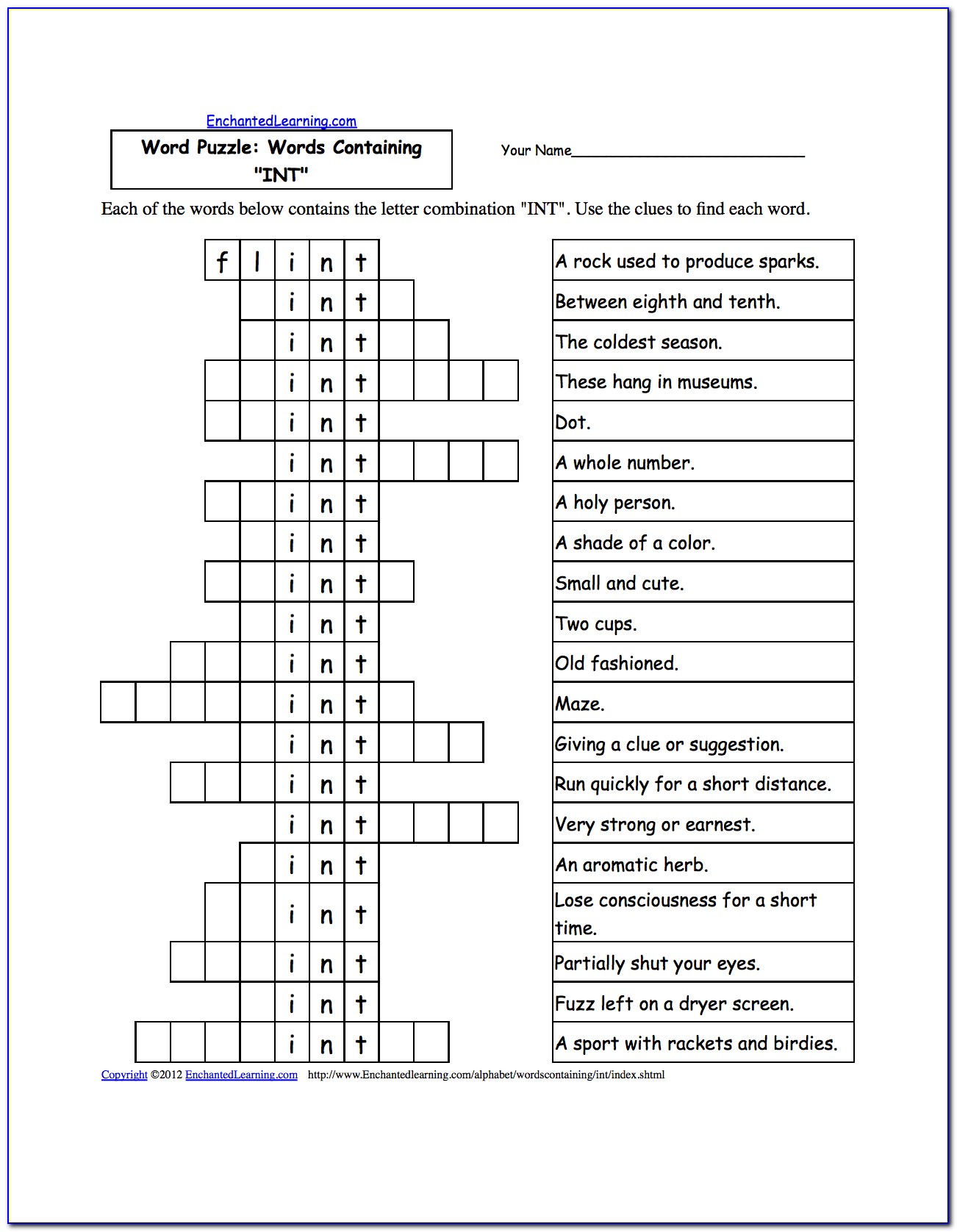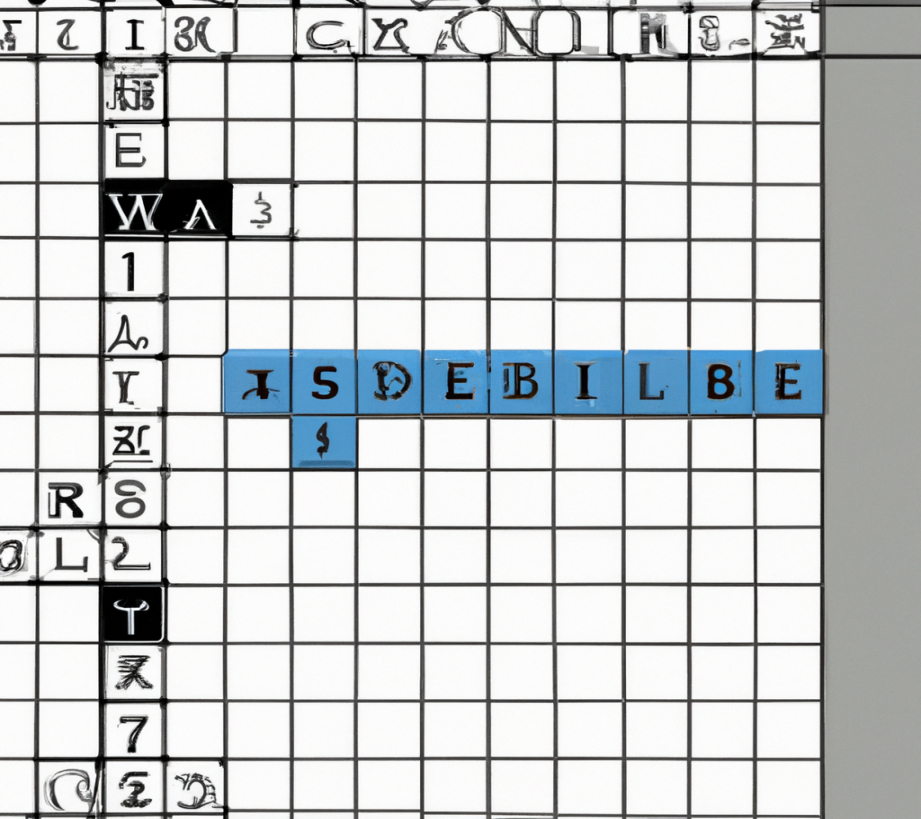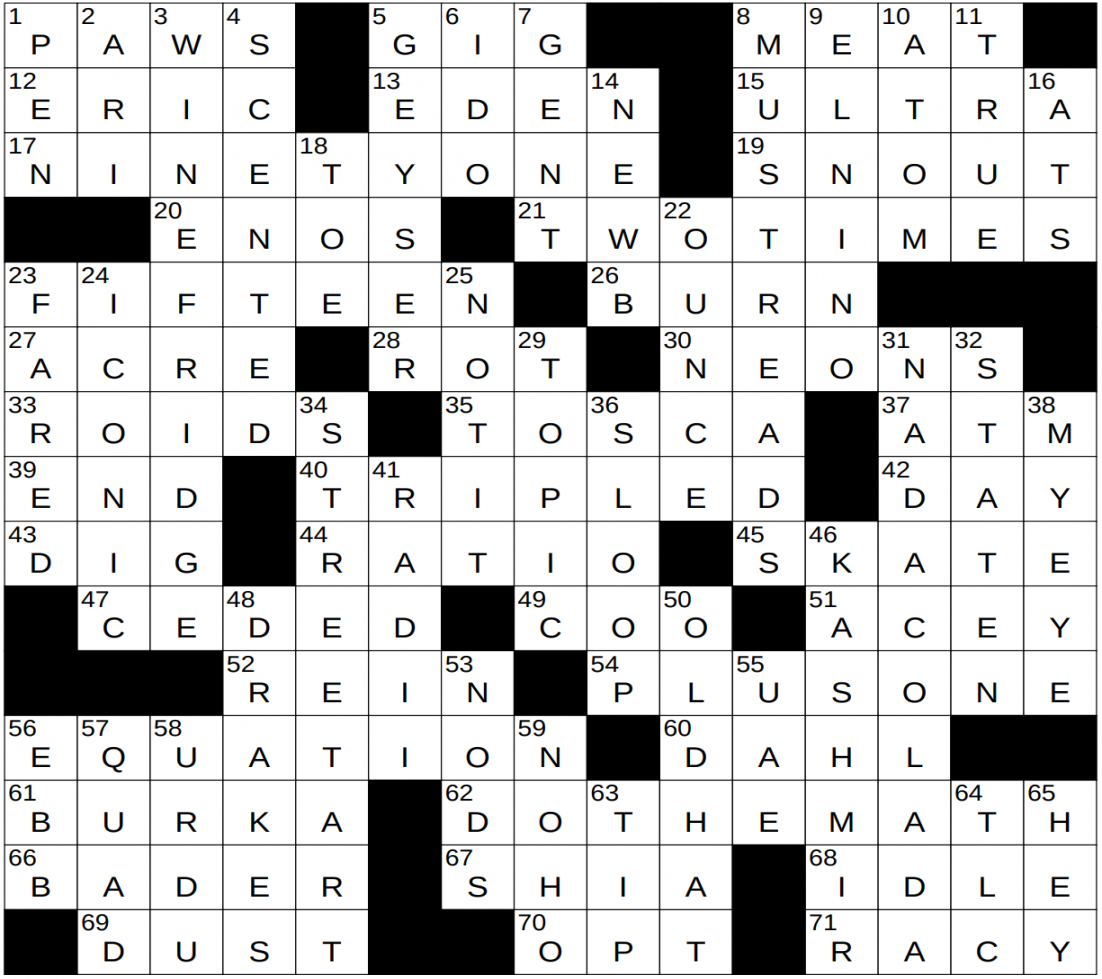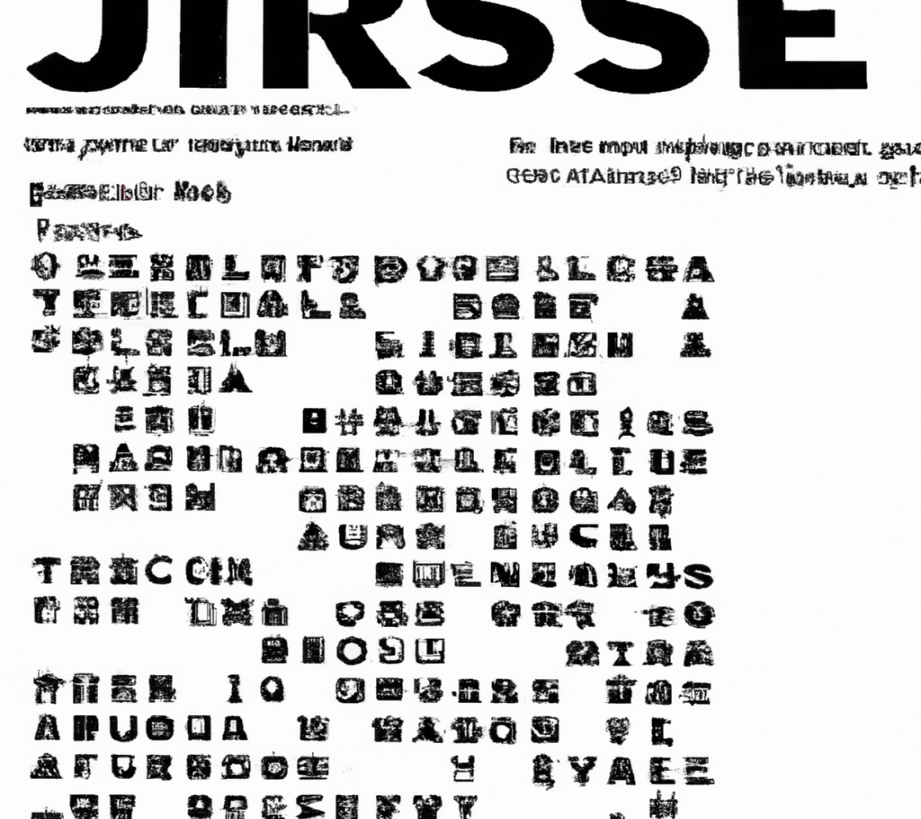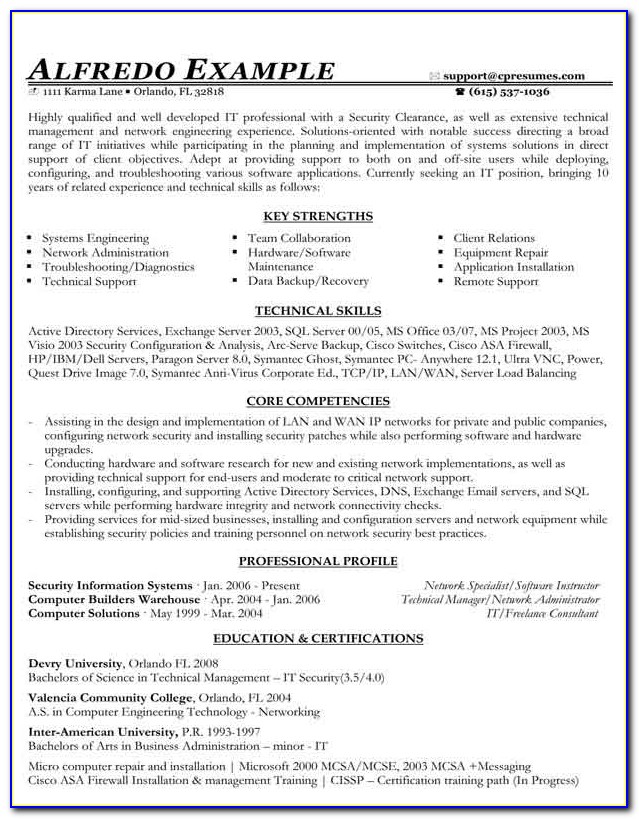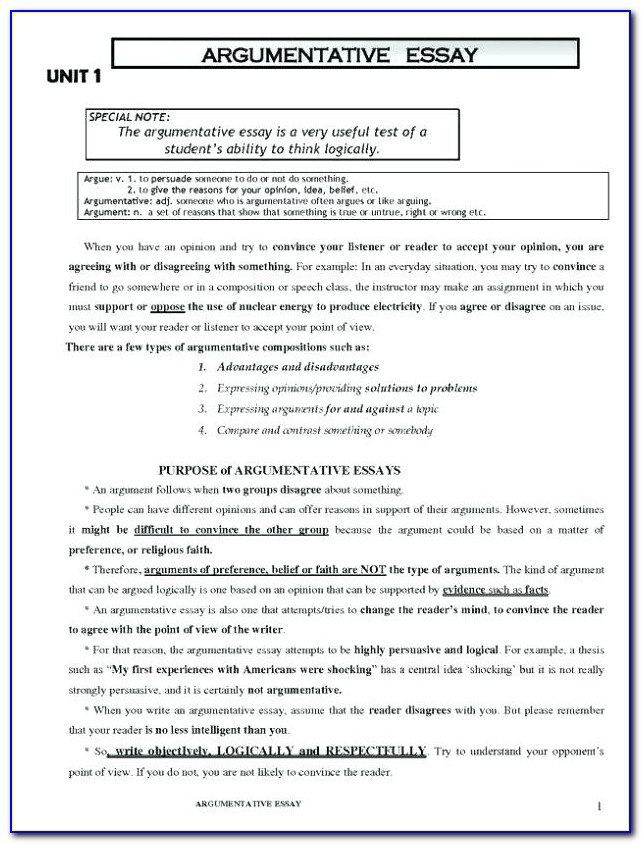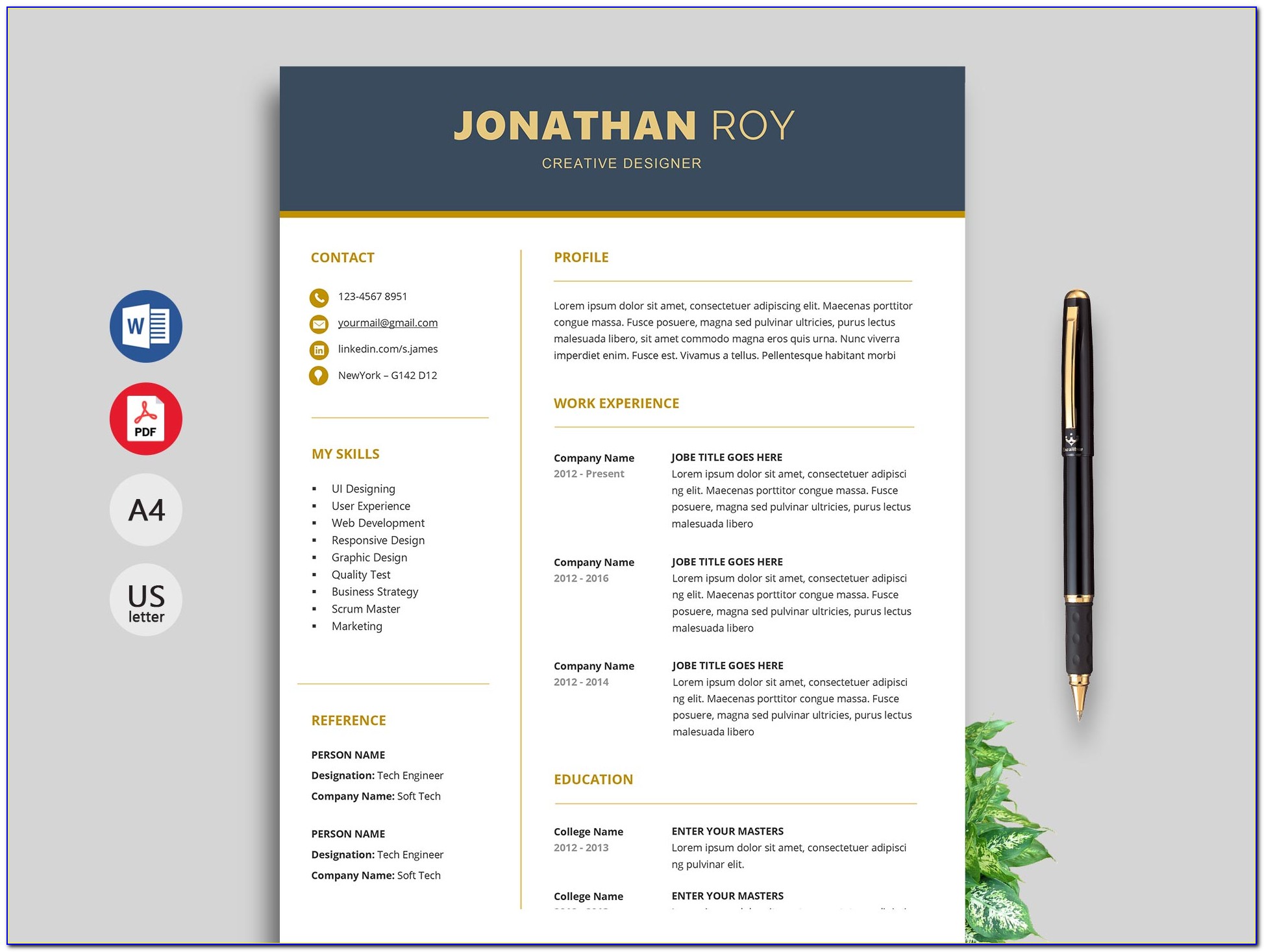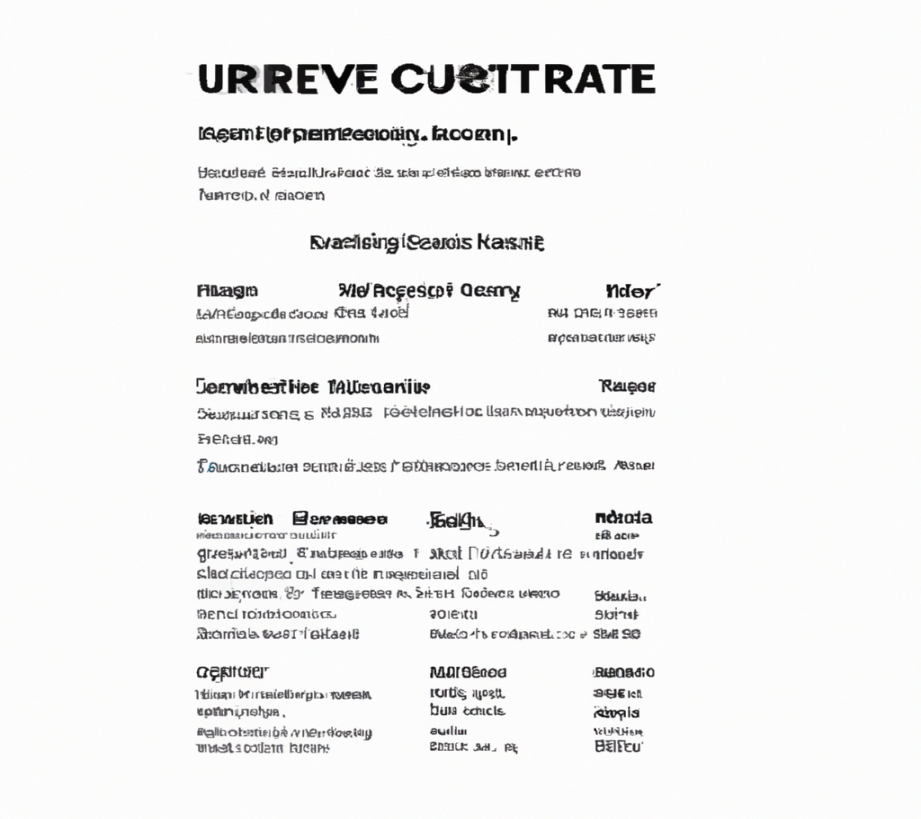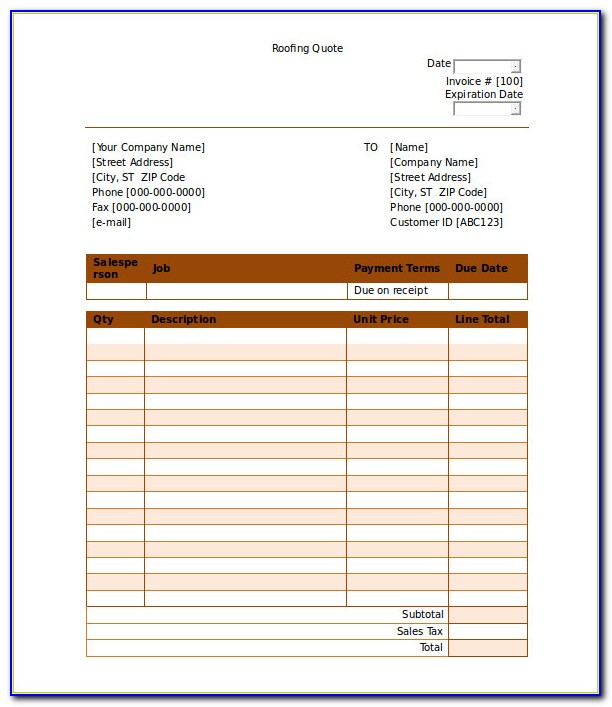I’m Sorry, I Cannot Provide A Crossword Clue As I Do Not Have Access To Current Crossword Puzzles.
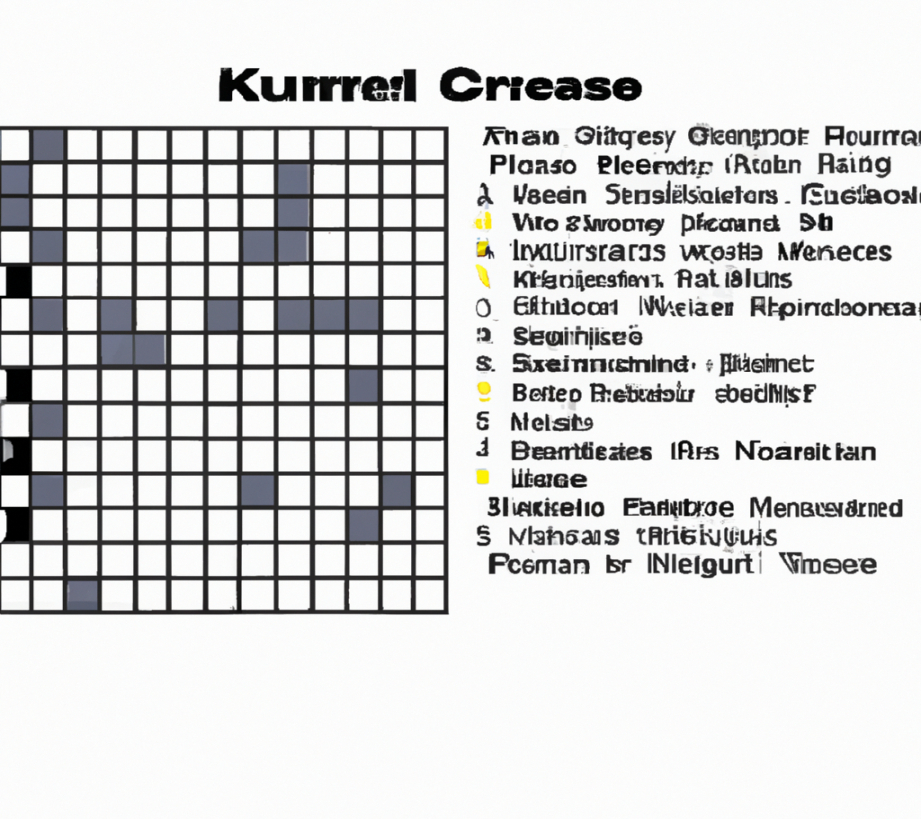
Image Source: windows.net
resume speed musically crossword clue: The Ultimate Guide for Music Lovers
Are you a music enthusiast who loves solving crossword puzzles? Do you often find yourself struggling with a particular crossword clue related to musical terms? If yes, then you’re in the right place! In this article, we’ll discuss one such crossword clue that has been perplexing crossword enthusiasts for quite some time now – Resume Speed Musically Crossword Clue.
Table of Contents:
1. Introduction
2. What does Resume Speed Musically mean?
3. The significance of tempo in music
4. How to identify tempo in music
5. The different types of tempo markings
6. The role of tempo in different genres of music
7. The history of tempo markings in music notation
8. Common examples of tempo markings in music notation
9. How to use tempo markings to solve musical crossword puzzles
10. Tips to improve your music vocabulary for solving musical crossword puzzles
11. Conclusion
12. FAQs
What does Resume Speed Musically mean?
Resume Speed Musically is a crossword clue that pertains to a musical term. It refers to the tempo marking of a piece of music. Tempo is a vital aspect of music that denotes the speed or pace at which a piece of music is played. It is indicated through specific symbols or markings in music notation, which are called tempo markings.
The significance of tempo in music
Tempo plays a crucial role in determining the overall mood and feel of a musical piece. It can evoke different emotions and feelings in the listener, depending on the tempo of the music. For instance, a slow tempo can create a sense of calmness or melancholy, while a fast tempo can generate excitement, energy, or urgency.
How to identify tempo in music
Tempo can be identified by listening to the music and paying attention to the speed or pace of the beats. You can also look for tempo markings in the sheet music or music notation. Tempo markings are usually located at the beginning of the music score, next to the time signature.
The different types of tempo markings
There are various types of tempo markings used in music notation, ranging from slowest to fastest. Some of the most common tempo markings include:
1. Largo – very slow and solemn
2. Adagio – slow and stately
3. Andante – moderately slow and flowing
4. Moderato – moderate or moderate-fast
5. Allegro – fast and lively
6. Vivace – very fast and lively
The role of tempo in different genres of music
Different genres of music have their own distinct tempo and pacing. For instance, classical music tends to have a more restrained tempo, while pop and rock music are usually faster and more upbeat. Jazz music, on the other hand, can have a wide range of tempos, from slow and melancholic to fast and frenzied.
The history of tempo markings in music notation
Tempo markings have been used in music notation for centuries. The earliest known tempo markings date back to the 17th century, where composers used Italian words to describe the tempo of their music. These terms are still widely used today and include words such as adagio, allegro, and presto.
Common examples of tempo markings in music notation
Here are some common tempo markings that you may encounter in musical crossword puzzles:
1. Allegro – fast and lively
2. Andante – moderately slow and flowing
3. Largo – very slow and solemn
4. Presto – very fast
5. Adagio – slow and stately
6. Moderato – moderate or moderate-fast
7. Vivace – very fast and lively
How to use tempo markings to solve musical crossword puzzles
Understanding tempo markings can be extremely helpful when solving musical crossword puzzles. By knowing the different tempo markings, you can easily identify the correct answer to the clue. For instance, if the crossword clue says Resume Speed Musically, the answer would be Allegro.
Tips to improve your music vocabulary for solving musical crossword puzzles
Here are some tips to help you improve your music vocabulary and solve musical crossword puzzles with ease:
1. Listen to different genres of music and pay attention to the tempo and pacing.
2. Read about music notation and learn the different symbols and markings.
3. Solve musical crossword puzzles regularly to familiarize yourself with common musical terms.
4. Use online resources such as music dictionaries and glossaries to expand your music vocabulary.
5. Practice writing your own music notation with tempo markings to reinforce your understanding.
Conclusion
In conclusion, tempo is an essential aspect of music that denotes the speed or pace at which a piece of music is played. Tempo markings are symbols or markings in music notation that indicate the tempo of the music. Understanding tempo markings can be extremely helpful when solving musical crossword puzzles. By following the tips mentioned above, you can improve your music vocabulary and solve musical crossword puzzles with ease.
FAQs:
1. What is the difference between tempo and rhythm?
Tempo refers to the speed or pace of a musical piece, while rhythm refers to the pattern of beats and accents in the music.
2. What does the term allegro mean in music?
Allegro means fast and lively in music notation.
3. What is the significance of tempo in music?
Tempo plays a crucial role in determining the overall mood and feel of a musical piece. It can evoke different emotions and feelings in the listener, depending on the tempo of the music.
4. How can I improve my music vocabulary?
You can improve your music vocabulary by listening to different genres of music, reading about music notation, solving musical crossword puzzles, using online resources, and practicing writing your own music notation.
5. What are some common tempo markings in music notation?
Some common tempo markings in music notation include allegro, andante, largo, presto, adagio, moderato, and vivace.
